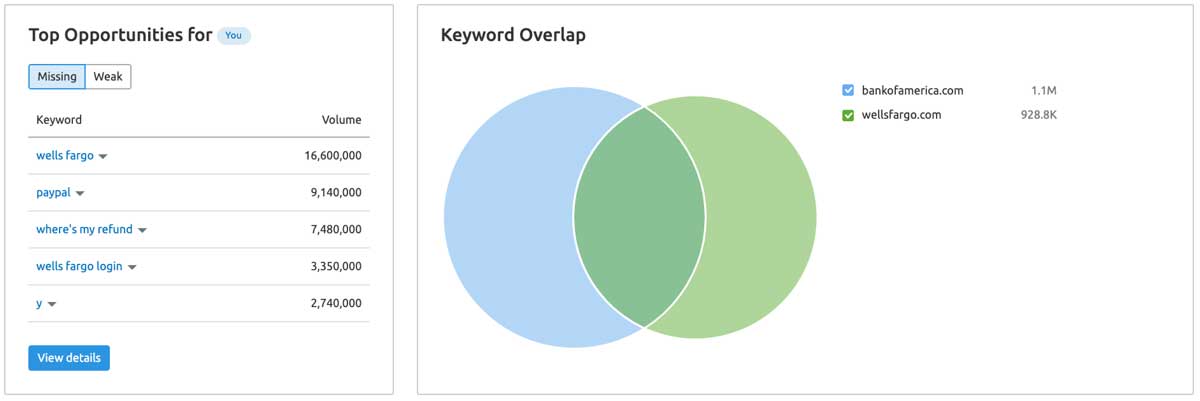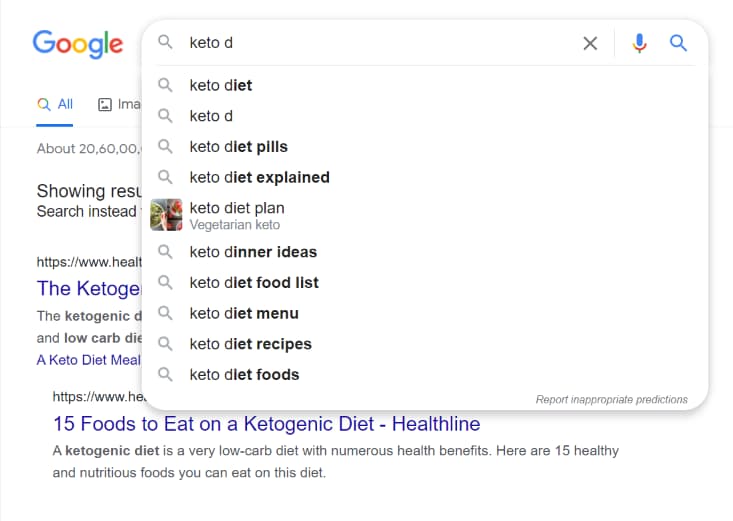Using SEO Effectively for Reputation Management Strategies

SEO is used in reputation management to cause positive content to rise in search results. When positive search results rise, negative ones tend to drop. When the negatives drop, they are seen less often. SEO is a big part of a powerful reputation improvement campaign.
What is an SEO strategy?
A simple definition would be, “It’s a set of steps where you plan and execute the aforementioned SEO processes that help improve organic search engine rankings of your content or website.” An SEO strategy is the tried-and-tested SEO process that you follow to increase your organic traffic for search results you want to become more visible.
The SEO strategist develops the program. Their job is to define tasks, resources, and requirements associated with an SEO strategy. They are also responsible for implementing, managing, and optimizing the SEO strategy.
We’ve got you covered if you are wondering how to get higher Google rankings for your content or website. In this blog, we let you in on the step-by-step process of creating and implementing a basic but effective SEO strategy.
1. Understand your site’s current SEO performance/score
Benchmarking your current performance is the first step towards building an effective SEO strategy. This will help you realize your current positioning and set the foundation for taking it to the next level. The important metrics you should consider while analyzing your content/website’s current SEO score are:
- keyword rankings
- organic visibility
- branded vs. non-branded traffic quantity

The SEMrush organic research tool can prove to be quite helpful in this regard. Follow the steps given below to check your website/content’s current SEO performance on SEMrush.
- Go to the Overview dashboard and click on the ‘Traffic’ tab. Under this, you can see your organic visibility (both current and previous), as ‘Estimated Traffic Trend’. As for why this information is important, it helps you see how trends in visibility change over time. It also helps you understand your current performance.
- You can also see your branded and non-branded traffic numbers above the estimated traffic trend. Understanding this traffic split is important as it offers you a chance to identify hidden opportunities.
- Next, click the ‘Positions’ tab to view how the number of indexed keywords has changed over time. Also, you can easily view the breakdown of your website’s current ranking positions here.
All this information helps you understand and benchmark the current SEO performance of your site.
Note: You may also utilize Google Analytics to gain further insights into your current performance.
2. Analyze your competitors’ performance and strategies
One of the first steps in building an SEO strategy is to understand and analyze what your competitors are doing.

To do this, follow the steps given below:
- Do thorough research and curate a list of your SERP competitors.
You can also find them by using the ‘Competitors’ tab in the SEMrush SEO tool. - Next, click the ‘Pages’ tab to know which pages receive high volumes of organic traffic. This information helps you know the type of content that contributes to their ranking.
- You may also use SEMrush’s keyword gap tool to check the keywords that are helping your competitors rank higher. To use this tool, enter your domain and up to four competitors.
- Lastly, you can use SEMrush’s backlink analytics tool to understand how your competitors are building links that are leading to their rankings.
3. Set your goals and KPIs
Setting attainable goals & KPIs is an essential part of an effective SEO strategy.
Before going any deeper, it’s important for you to know what each of these terms implies.
Goals can be defined as the end result you want to obtain from your SEO & marketing efforts.
KPIs, on the other hand, are the metrics used to measure the steadily progress towards these goals.
Let’s take an example to better understand.
A clothing retail shop’s SEO goal is to raise organic revenue by $700,000 in the next 18 months. The KPIs that can be used to track their relative progress toward this goal are:
- organic impressions
- organic traffic
- rankings
4. Make a list of relevant keywords
Keyword research is one of the vital best SEO practices. An easy way to identify the keywords your target customers are searching for, is via Google Suggest.
Simply type in a keyword into Google’s search field, and you will start getting related keyword suggestions relevant to your initial keyword. An example is shown in the image below.

These suggestions are the keywords that can make your content or website rank higher in search engines. Type in some more keywords into Google search and note down the resulting suggestions to expand your keyword pool. In this way, compile a list of over 10 relevant keywords that you believe can help you realize your SEO goals.
Note: Use longer keywords (also called long-tail keywords) in your website/content as they make it easier to rank higher. You can visit Ubersuggest to find relevant long-tail keywords for the keyword of your choice.
The method suggested above is just one way of doing keyword research for your website. There are other different ways to do keyword research for SEO that you can explore as well.
5. Create high-quality content
Content is where you should spend the majority of your money once your strategy is in place.
It is truly said that “Content is King”. No amount of appealing, eye-catching website design will implore your customers to stay or engage with you if your content is not up to par.
After all, your content tells your potential customers everything they should know about your business. It also tells them why they should choose you over your competitors. Content is, therefore, one of the cornerstones of a successful SEO strategy.
Focus on producing valuable content to your readers and your industry, and be consistent with it.
Also, ensure that the content is high-quality and has the relevant keywords incorporated into it.
Content marketing efforts often go hand-in-hand with your SEO strategy. There isn’t much meaning to one without the other.
Below are some quick & easy tips to improve the quality of your content:
- Understand why and who you are writing for.
- Only write precise and straightforward content.
- Over-the-top self-promotion is a strict no-no.
- Spend a good amount of time researching the content that you’re writing.
6. Improve your on-page optimization
On-page SEO involves optimizing meta descriptions, internal linking, H1/H2/H3 tags, title tags, and more. You can utilize the SEMrush on-page SEO checker to help improve your on-page optimization in a matter of minutes.
On-Page SEO optimization helps increase the organic visibility of your website/page in search engines, helping you rank higher for relevant search terms.
7. Address any technical issues
Technical failings on your site’s back-end could be the reason for your SEO strategies falling flat and being unable to produce desired results.
There can be various technical issues that once fixed, can create a massive impact in your SEO results and search rankings.
Know all about the important technical SEO tips that can help increase your rankings here.
These tips include reducing the site loading time and removing any irrelevant/broken backlinks (links to sites that are deemed untrustworthy etc.).
Ensuring that your website is mobile-friendly and that it displays a clear hierarchy of content, are other technical SEO elements to consider and promptly address.
8. Build links to your content
Acquiring backlinks is considered an important factor in ensuring a good SEO performance. Backlinks are embedded links on other sites that refer to yours in a blog post or an article.
They help you gain domain authority and increase the chances of individuals landing on your site via other reliable domains.
So how can you earn these organic links?
- By producing content that is engaging, relevant, & authoritative.
- The more people that find your content helpful, the higher the likelihood of others referencing it on their website. This process is called link-building.
- Some activities that help speed up this process include guest blogging and creating shareable content like infographics, videos, engaging snippets of information, etc.
In conclusion
The tips discussed in this blog are tried-and-tested formulae that help many businesses achieve higher Google rankings.
The answer to “How to Build an SEO Strategy” doesn’t have to be overly complex.
All you need to do is follow the above-mentioned steps to create and implement an effective SEO strategy that will help you rank higher on search engines and increase revenue.
Now that you know what an SEO strategy is and how to build one, you are one step further towards realizing your SEO goals.
Tags: Online Reputation Repair, SEO.
